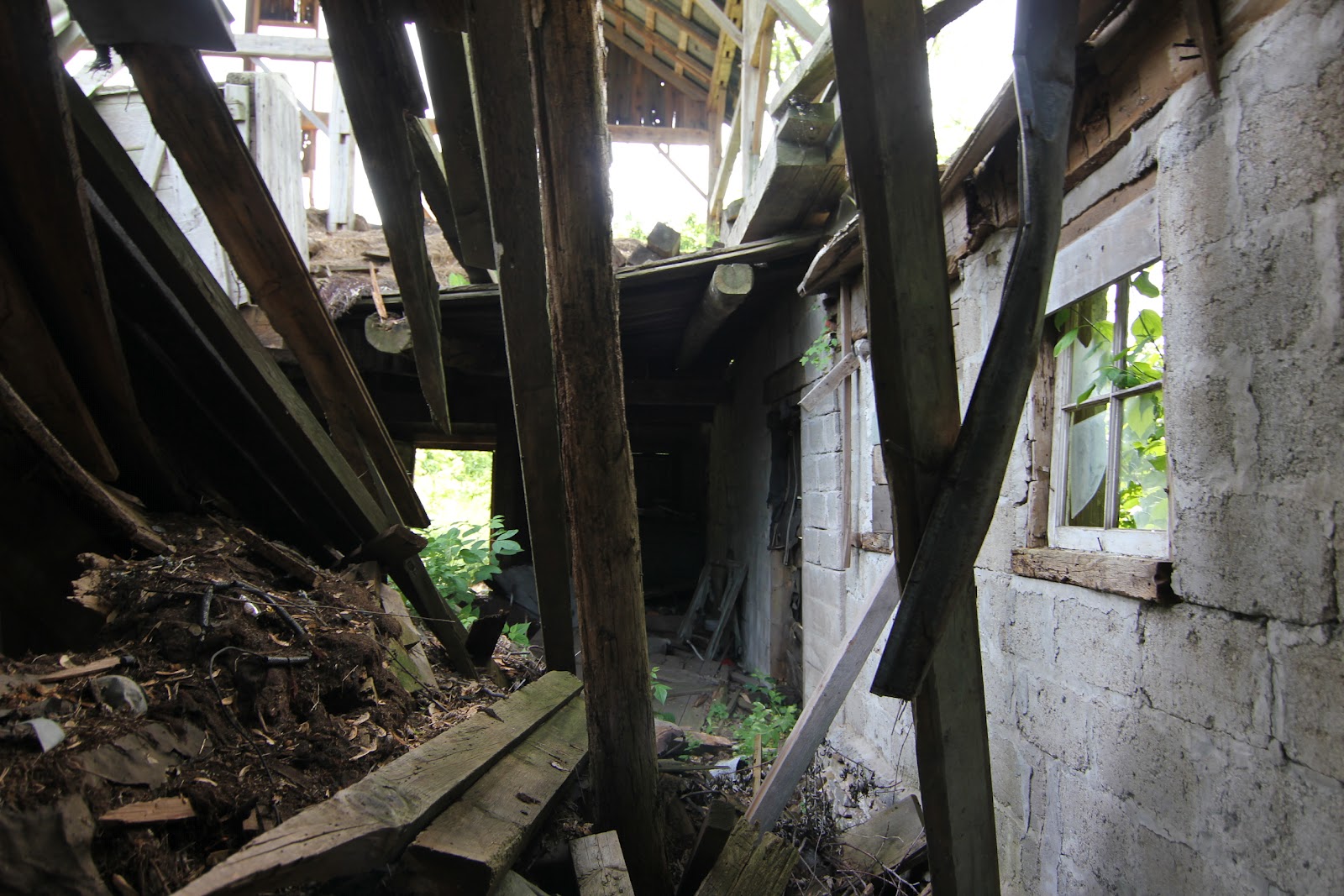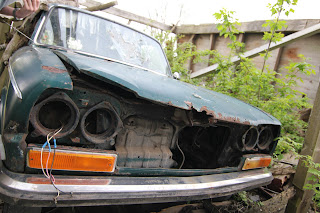The Mentor Project - Minor White
Minor White was an American photographer, poet and educator. He is a master of textural photography, a style that captures seemingly ordinary images that hold deeper meaning. Minor White was born in Minneapolis, Minnesota in 1908. He attended the university of Minnesota for Botany, and worked various jobs before he concentrated on photography; working as a photographer for the Works Progress Administration in Oregon from 1938 to 1939. White believed that taking and examining photos had a spiritual purpose, and many of his photographs reflect these beliefs, many possess meaning of Roman Catholicism and Zen Buddhism.
He served in the Second World War as an infantry man, from 1942 until 1945. Following the war he focused entirely on photography, He attended the University of Columbia until he was recognized by the California school of fine arts, and he worked as an assistant to Ansel Adams. White displayed his great potential and with this opportunity he cofounded the magazine ‘Aperture’ with Ansel Adams. White eventually became the Director of the California School of Fine Arts, and later taught at the Rochester Institute of Photography as well as the Massachusetts Institute of technology.White spent many years as a professor of photography, and his style was much sought after.
I find Minor White’s work so intriguing because of his ability to portray a seemingly mundane image, with a great deal of deeper meaning. Much of White’s work does not possess standard focal points to draw the viewer’s attention, and often forces the viewer to focus on obscure forms that cannot be categorized. Despite the obscurity of the images he captured, they illustrate masterful tonal ranges; much of his work displays deep tonal blacks as well as contrasting bright whites.
Barn and Clouds
The barn in the foreground acts as the focal point for the
photograph, as well as drawing the viewer’s focus to the comparable black hue
of the sky above.
Rochester
This
gritty photograph of factory piping is one of many favoriute Minor White
pieces, it is a prime example of White’s use of obscure imaging, and lack of
central focus.
Frost on Window
This
photograph shows masterful use of tonal range, with contrasting deep blacks and
bright whites.
- Emulation -
Decaying Beauty
I chose to emulate Minor White's use of textural photography, this photograph displays both ends of the tonal spectrum and lacks a central focal point. I personally enjoy this photo because alike the work of Minor White, I believe it holds a deeper meaning. One side of the photo is piled rubble, sucombing to natures grasp as vegetation once again takes over. While the other side of the photo shows seemingly impenetrible concrete walls, resisting the surrounding overgrowth.














